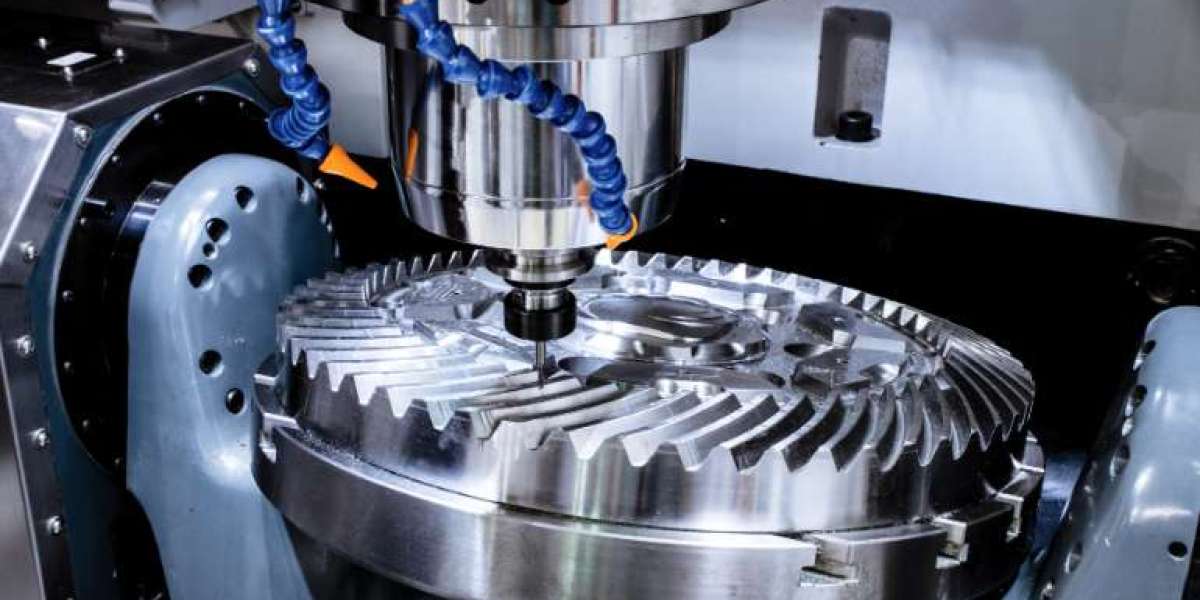Aluminum casting refers to the process of pouring molten aluminum into a mold cavity to produce finished goods. It allows the creation of complex aluminum parts in a single step, making it invaluable for manufacturing. This article will cover everything you need to know about aluminum casting.

The Importance of Aluminum Casting
Casting is the oldest known metalworking technique, with origins in the Bronze Age.
Aluminum's properties like low melting point, low viscosity when molten, and high strength when solidified make it ideal for casting. Aluminum casting enabled the wide use of aluminum in technology and manufacturing from the 1940s onward. It allows the production of lightweight, high-strength, and corrosion-resistant aluminum die casting parts with complex geometries.
Properties of Cast Aluminum
Alloys offer a range of ductility and ultimate tensile strength based on casting process and porosity. High stiffness-to-weight ratio, only surpassed by magnesium and titanium. Excellent corrosion resistance in most environments. High thermal and electrical conductivity.
Types of Aluminum Casting Processes
Die casting uses reusable steel molds and is good for high production volumes. Investment casting uses wax models and disposable plaster molds. Sand casting utilizes sand molds and is good for lower volumes and larger parts. Permanent mold casting uses reusable metal molds. Lost foam casting uses foam pattern models. Vacuum die casting improves quality by removing air from molds.
Applications of Cast Aluminum
Automotive components like pistons, wheels, housings. Appliances, tools, furniture. Medical devices and surgical instruments. Aerospace and aviation components.
Benefits of Aluminum Casting
High strength-to-weight ratio. Precision and complex geometries. Fast production and low costs at high volumes. Good thermal and electrical conductivity. Corrosion resistance.
Limitations of Aluminum Casting
Low fatigue strength and abrasion resistance. Moderate temperature resistance. Susceptible to porosity defects. One-time-use molds in some processes.
Leverage Aluminum Casting for Your Manufacturing Needs
Aluminum casting has been vital for unleashing aluminum's potential across industries. Its unique benefits make it suitable for an array of applications. With the right design and process selection, quality cast aluminum parts can be produced cost-effectively. Contact manufacturing experts to determine if aluminum die casting is right for your product.








